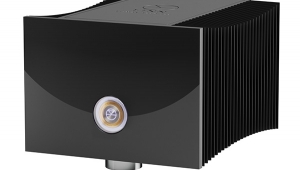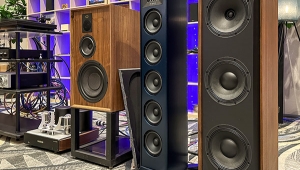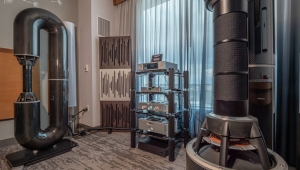| Columns Retired Columns & Blogs |
That makes me VERY wary right from the start. A well-written and informative review, though of course the manufacturers say all the usual things about how wonderful they are and their design skills. Does anyone NOT do that?.
Would I buy them? Unlikely. A very small room I would give them a listen purely on the strength of your review and because you have drawn my attention to them. But all small speakers give so much away over big ones that unless you want them for multi channel video rear speakers they are not worth considering. And in that position expensive ones are hardly worth buying unless you want
particularly accurate surround explosions. And most systems equalize the rear speakers to the front ones anyway. Not that I have any great interest in such things.
Interesting that they are bolted to the stands though. That can make a BIG difference. In fact the bottom of my (short) stands are spiked to the floor with intervening large coins (low value ones!) and screwed to the floor though the carpet too, with one big screw on each side of each stand. That improves things slightly more. They cant move at all.







































